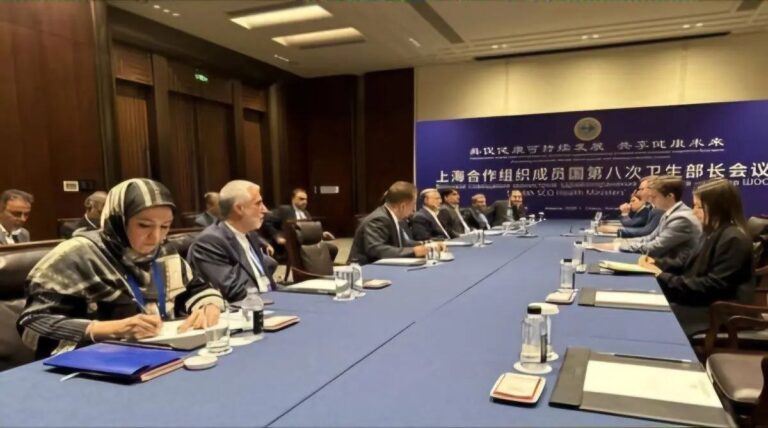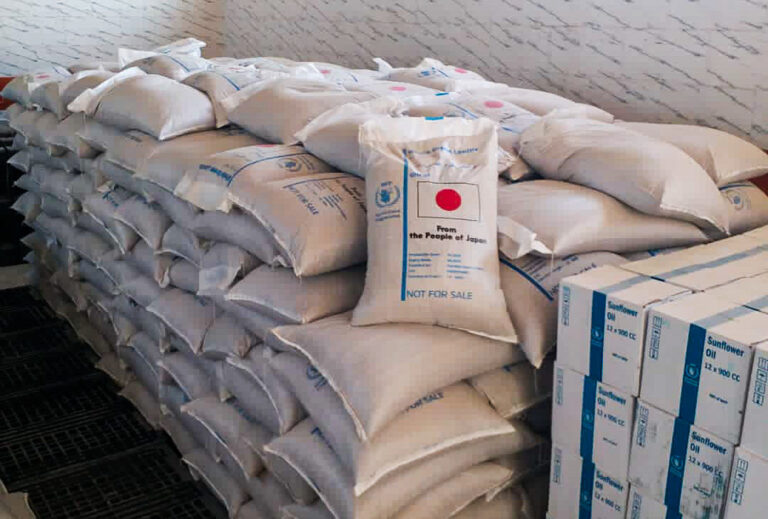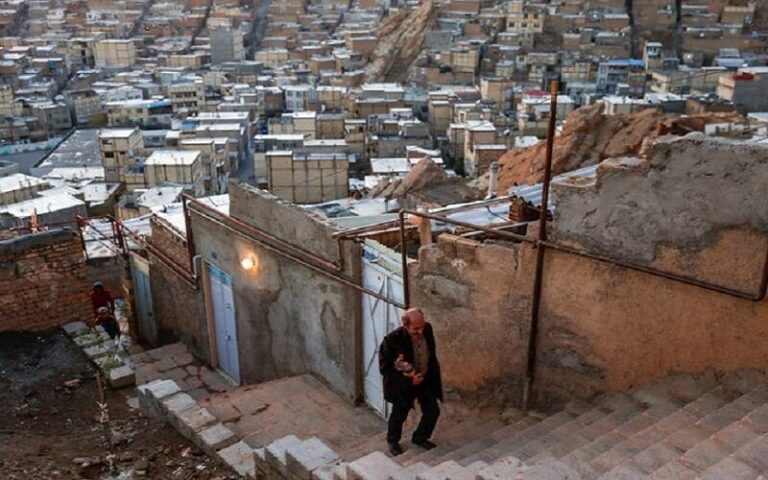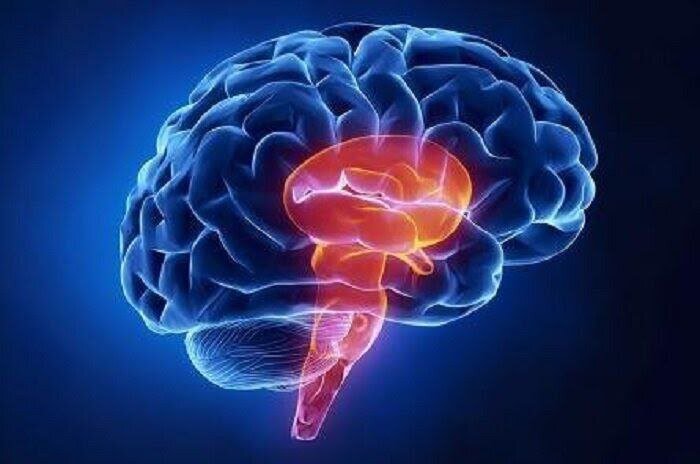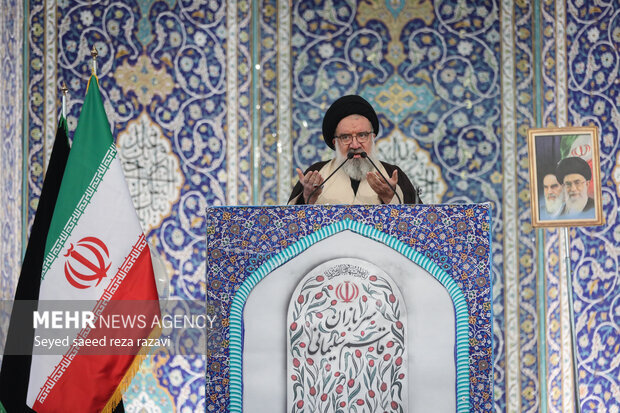Record-Breaking Year: Over 32,000 Couples Tie the Knot After 50!
In recent reports from the Civil Registration Organization, it has been highlighted that a significant number of marriages involving individuals aged fifty and above have been registered in Iran. Specifically, a total of 32,196 marriages over the age of fifty were documented during the past Iranian year, spanning from March 2024 to March 2025. This statistic reflects a growing trend in later-life marriages, which may be influenced by various social and cultural factors.
Of the registered marriages, 22,668 involved men and 9,527 involved women who were both over fifty years old. This trend underscores a noteworthy demographic shift and the changing attitudes towards marriage at older ages, as reported by ISNA.
Marriage and Divorce Trends in Autumn 2024
The autumn season of 2024 saw significant activity in marriage and divorce statistics across the nation. According to the Civil Registration Organization:
- 118,450 marriages were registered.
- 49,738 divorces were reported.
Interestingly, the number of marriages during this season increased by 14,168 compared to the previous summer. However, when compared to the 132,141 marriages recorded in autumn 2023, there was a decline of 13,691 marriages.
On the other hand, the rate of divorce showed a decrease of 4,439 cases compared to the 54,177 divorces registered during the same period the previous year. These figures indicate a complex interplay between marriage and divorce rates within the Iranian society.
Impact of Youth Population Law on Fertility Rates
The enactment of the youth population law has contributed to the stabilization of the total fertility rate in Iran, which has experienced fluctuations over the past few years. Recent reports indicate a slight increase in the general fertility index, which is a positive sign for the demographic landscape of the country.
After a period of decline lasting seven years, where the fertility rate dropped by about 20 percent, the current fertility rate is now stabilized at approximately 1.6 children per woman, as reported by IRNA. This stabilization follows a significant decrease in the number of births, which fell from 1.570 million in 1394 (2015-2016) to 1.057 million in 1402 (2023-2024).
The total fertility rate has seen a decline from about 2 children per woman to 1.6. The fertility rates for several Iranian years were recorded as follows:
- 1396 (2017-2018): 2.09
- 1397 (2018-2019): 1.95
- 1398 (2019-2020): 1.74
- 1399 (2020-2021): 1.65
- 1400 (2021-2022): 1.61
Despite the implementation of incentives aimed at encouraging childbearing aligned with the youth population law, the anticipated growth in the youth demographic has not yet materialized. Projections suggest that Iran’s population, maintaining a fertility rate of 2.5, may reach approximately 102,890,000 in the next seven years, according to Mohammad-Javad Mahmoudi from the Civil Registration Organization.
In May 2024, Hasan Farshidi from the health ministry reported that, two years post-implementation of the law supporting families and youth, the health ministry has played a crucial role in its execution. He noted, “Since the implementation of the law, the number of births among mothers aged 20 to 24 has notably increased.”
Furthermore, the rate of mothers giving birth to three children rose from 16 percent in the Iranian year 1398 (March 2019-March 2020) to 18.97 percent in 1402 (March 2023-March 2024). The occurrence of fourth childbirths also increased from 5 percent to about 7 percent, according to Farshidi.
Population Aging in Iran
According to Saber Jabbari from the health ministry, individuals aged over sixty represent approximately 11.5 percent of Iran’s population. Among them, elderly women account for 52.3 percent, surpassing the male population at 47.7 percent, as reported by ISNA.
The aging population signals an increase in life expectancy; however, it also indicates a demographic shift towards older age groups, raising concerns about the declining proportion of young people in the society. This trend poses significant challenges for the country’s future and necessitates strategic planning to address the implications of an aging population.
In summary, the marriage and fertility trends, alongside the aging population dynamics, highlight the evolving demographic landscape of Iran. These factors require attention from policymakers to ensure a balanced and sustainable population growth in the years to come.

